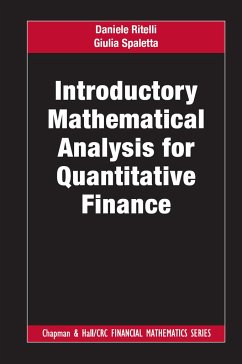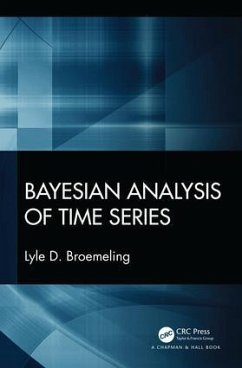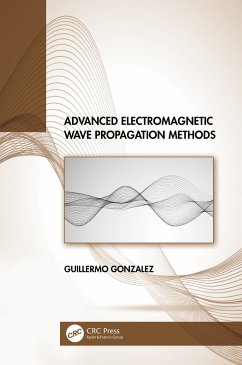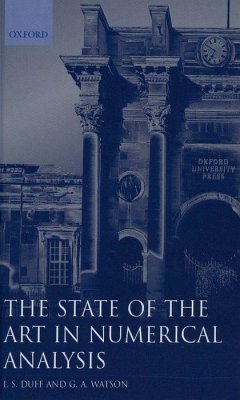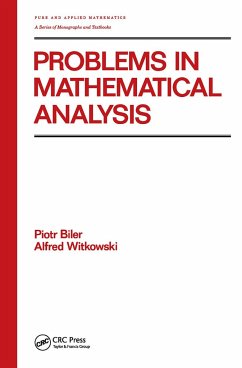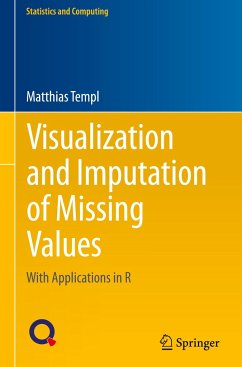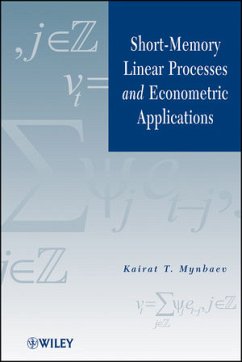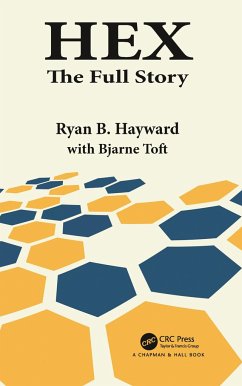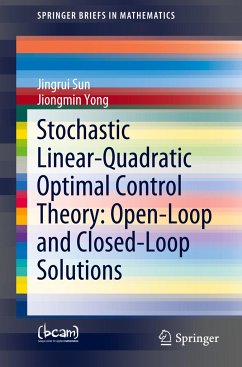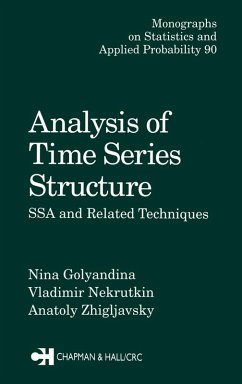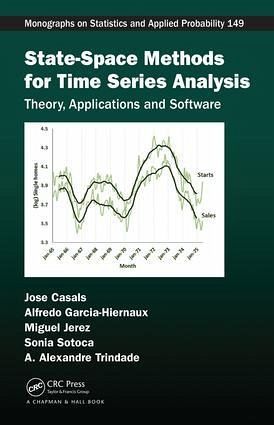
State-Space Methods for Time Series Analysis
Theory, Applications and Software
Versandkostenfrei!
Versandfertig in 1-2 Wochen
118,99 €
inkl. MwSt.
Weitere Ausgaben:

PAYBACK Punkte
59 °P sammeln!
Exploring the advantages of the state-space approach, this book presents numerous computational procedures that can be applied to a previously specified linear model in state-space form. It discusses model estimation and signal extraction; describes many procedures to combine, decompose, aggregate, and disaggregate a state-space form; and covers the connection between mainstream time series models and the state-space representation. Source code, a complete user manual, and other materials related to the authors' MATLAB® toolbox are available on a supplementary website.





